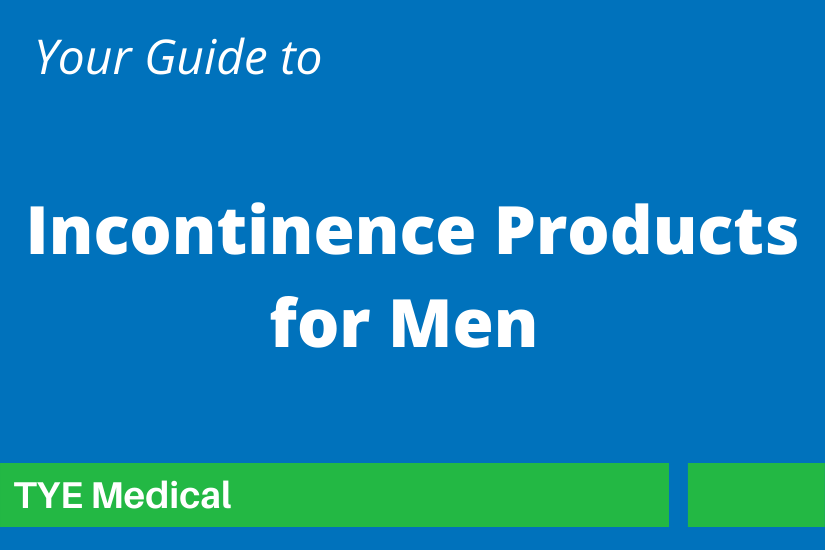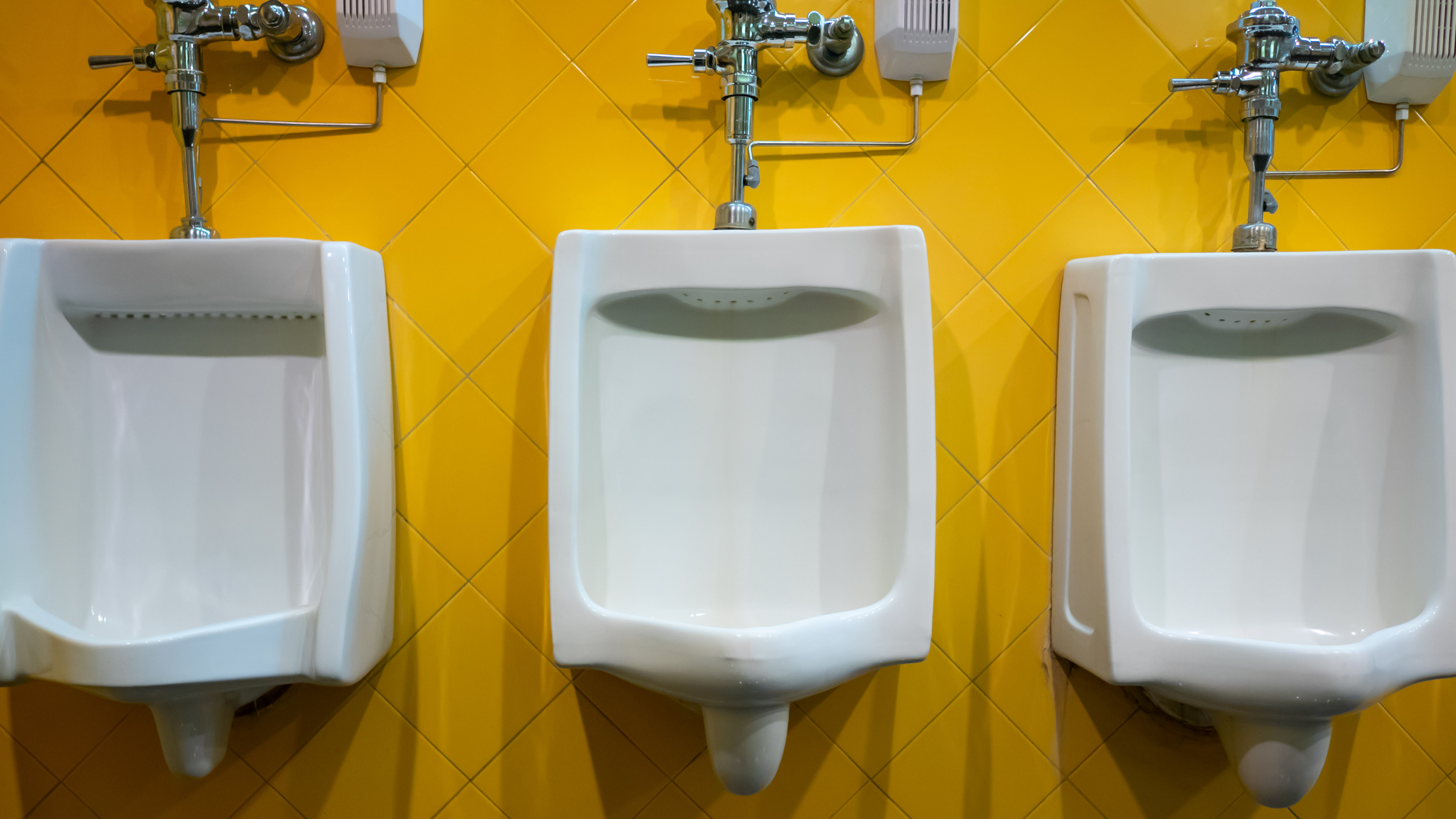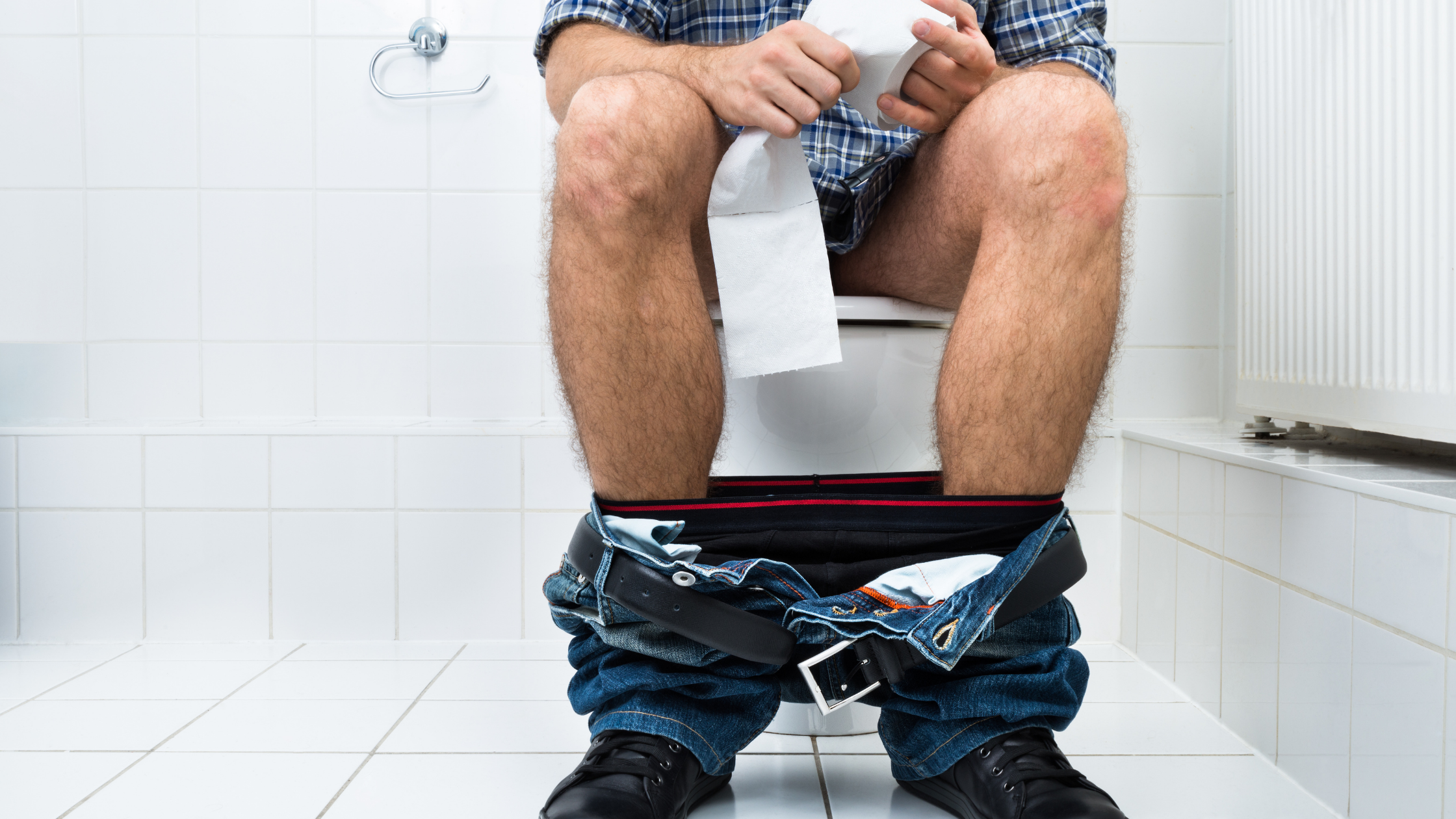What Is Male Incontinence and How Can It Be Treated?

Male Incontinence Causes
Whether you’re a woman or man, urinary incontinence typically means that you leak urine because of loss of bladder control. Both sexes share many of the same incontinence symptoms, but the underlying causes can be different based on your physical sex.
Aside from functional incontinence (see below), incontinence triggers for men are often different than their female counterparts. For women, incontinence is often related to childbirth, a weakened pelvic floor, or uterine prolapse.
But in men, it’s frequently the prostate that causes common forms of male incontinence.

Functional Incontinence
Men can experience this type of incontinence after injury, illness, or cognitive decline. When someone’s physical or mental health prevents them from relieving their bladder or bowel quickly enough, it’s called functional incontinence.
Often those with dementia or Alzheimer’s develop functional incontinence, because the condition is unrelated to bladder or urological health. In these cases, the bladder is otherwise healthy, but other obstacles prevent timely voiding, obstacles like:
- Recognizing the urge
- Remembering what to do about it
- Having no way to get to the bathroom
- Waiting for help
- Difficulty with zippers and buttons
- Struggling to removing clothing
- Pain elsewhere in the body (arthritis)
- Forgetting how to use the toilet
Functional incontinence affects both men and women in the same ways, but you can manage the condition with appropriate incontinence products and some tips for caregivers. For more information, read our article, Functional Incontinence: 11 Tips for Caregivers of Dementia Patients.
Stress Incontinence
It’s considered stress incontinence when another organ presses on the bladder, or the bladder lacks support (due to removal of the prostate or a weakened pelvic floor after surgery). But for men, it’s often the natural enlarging of the prostate, an inflamed prostate (prostatitis), or prostate cancer that puts additional stress on the bladder. In each case, this tiny gland can swell enough to increase bladder pressure and trigger urine leakage.
In addition to prostate cancer, prostate surgery for cancer treatment can also trigger stress incontinence. The procedure can damage and weaken the urinary sphincter, making it difficult to stop urine flow. And without the prostate supporting the bladder, it tends to sag, creating additional pressure and causing leaks. The situation is further complicated if the pelvic floor (which also supports the bladder) is damaged during prostate surgery.
When these surgical complications arise, you’re more likely to develop some degree of stress incontinence. Check out our article, Everything You Need to Know About Incontinence After Prostate Surgery, for more information.
Overflow Incontinence
Additionally, an enlarged prostate can obstruct urine flow, causing various symptoms like burning, urgency, frequency, and even incomplete bladder emptying. When you can’t empty your bladder properly, it can cause chronic urinary retention (CUR), which typically leads to bladder leaks from an overfull bladder. This is known as overflow incontinence, a typical male bladder condition.
With this type of incontinence, your bladder remains partially full all the time, which means it doesn’t take much to send additional fluids over the top. You might have extraordinarily little time between when you realize you need to go and when you begin to leak. Depending on the severity of your condition, you might experience leaks ranging from dribbling to a complete release of the bladder.
Male Incontinence Treatments

Is Male Incontinence Curable?
Male incontinence is sometimes curable, which you’ll see as you consider the treatment options below. However, even if a “cure” isn’t possible for you, it’s a highly manageable condition that doesn’t have to keep you from enjoying an active and fulfilling life.
Premium male incontinence products can give you the security and freedom to continue living your daily life without worry or limitation. You might need to manage your symptoms temporarily until your doctor identifies and treats the underlying condition.
Diagnosing Male Incontinence
Sometimes your urologist will recommend testing to help determine the type of incontinence you have and what might be causing it. You can expect to undergo any of the following tests before your doctor advises specific treatments:
- Cystoscopy
- Bladder stress test
- Urine analysis/culture
- Prostate exam
- Urodynamic test
- Post-void residual measurement
Testing allows your doctor to examine the physical health of your bladder, how it’s functioning, and if there are other internal symptoms like inflammation, cysts, or other growths. Your doctor will also want to rule out cancer, including prostate cancer.
But what are your treatment options if you’re diagnosed with male incontinence that’s not due to cancer or other growths?
Treat Constipation
Whether your prostate is enlarged or not, constipation can cause or intensify incontinence when your overfull colon presses on your bladder. Frequent constipation can trigger frequent bladder leaks.
Treat Prostatitis
An inflamed prostate is also swollen and can cause the same urinary problems as a naturally enlarged prostate. When you clear the infection with the proper course of antibiotics, bladder leaks typically resolve.
BPH Medication
A naturally enlarged prostate (not caused by cancer or inflammation) is known as BPH or benign prostatic hyperplasia. Some medications like Cialis and Flomax (and many others) can shrink the prostate and allow for better urine flow, thereby preventing stress incontinence or overflow incontinence.
Surgery
Even if you don’t have cancer, your doctor may recommend prostate surgery if its enlargement obstructs urine flow too much, and other treatments or medications haven’t helped.
What Products Are Available to Men with Incontinence?
The Best Male Incontinence Products
Male and female anatomy are quite different, but quality incontinence products are also effective for male incontinence. In other words, the best male urinary incontinence products provide enough absorption and coverage area that a man or woman can wear them for all-around protection.
Protective Underwear
Premium protective underwear provides maximum absorbency from front to back and includes protection from side leaks around the legs. They pull on and off like regular underwear and can be discreetly worn beneath well-fitting (but not tight) clothing.
For more details, read our article, Men’s Incontinence Underwear: Everything You Need to Know to Get It Right.
Men’s Incontinence Pads
The best pads for male incontinence work as leak-proof inserts that you wear inside protective underwear. They were created to make changing easier, allowing you to discard only the pad with each change.
Most men find that wearing men’s incontinence pads inside regular underwear leaves them open to more frequent accidents as the male anatomy shifts. So for increased security, you can wear protective underwear and still enjoy the convenience of only changing pads, as is the case with LivDry’s Shaped Pads designed for use with Protective Underwear.
What is the Most Absorbent Men’s Incontinence Product?
Protective underwear with absorbency of up to 90 fl oz remains the highest available on the market. You’ll find this high-end absorbency in LivDry’s Protective Underwear: Ultimate. And for even greater absorbency, you can insert a LivDry Shaped Pad (such as Hyper 2400, the most absorbent incontinence pad in the world) to add an additional 95 fl oz of protection.
Selecting the Right Male Incontinence Product

Fit
Look for a product that offers a snug but comfortable fit. You probably won’t be happy with plasticky, scratchy underwear. So look for male urinary incontinence products with a more cloth-like feel.
It’s also crucial that a company sizes its products well, which means that they offer an adequate and accurate sizing guide to help you pinpoint a snug fit. No matter how well they are made, your protective underwear won’t be effective if they’re even slightly too large or too small, and this is especially true for men.
Absorbency
Different degrees of incontinence require different absorbency levels. Look for male urinary incontinence products that offer the right absorbency level and promise to absorb liquids quickly. High absorbency underwear isn’t helpful if the liquid remains at the surface to irritate your skin and leave you feeling uncomfortable.
Leak Barriers
Look for products with robust leak barriers around the legs, even on your insert pads. With all the position shifting throughout the day, things will shift “down there” also. You’ll want to be sure that when this happens, your underwear has a backup plan. If the leak barrier looks wimpy—it probably is.
Convenience
When your protective underwear is soiled, or when it’s time to change your pad and underwear, you’ll want an easy way to remove and dispose of them. Premium protective underwear features tearaway sides to make disposal convenient and tidy.
As mentioned, using leak-proof men’s incontinence pad inserts, like LivDry’s Shaped Pads, delivers the ultimate convenience. It allows you to change your male incontinence underwear only once a day if you choose.
Discreet and Free Shipping
If you’re ordering your male incontinence products online, you probably value discretion and convenience. Be sure to find out your shipping options before choosing a product. How much will it cost to have products delivered? Do they have auto-ship options? Do they use discreet packaging, so your neighbors won’t know your business?
When you order TYE Medical products, you’ll get free and discreet shipping on all orders, and yes, auto-ship is available.
Managing Male Incontinence

Your urologist can help you understand what’s causing your incontinence and help you select the best treatment option. In some cases, resolving the underlying condition or issue will also resolve your male incontinence symptoms.
In some cases, it’s as simple as treating constipation or taking a BPH medication to reduce prostate size.
Other times, it’s about managing symptoms and knowing which features to look for when purchasing male incontinence products. Remember to keep these features in mind as you compare incontinence pads and incontinence underwear:
- Snug fit
- Appropriate, rapid absorbency
- Robust leak barriers
- Convenient removal
- Compatible with leak-proof insert pads
- Discreet and free shipping
For most men with moderate to heavy incontinence, the best option for protection against bladder leaks isn’t found in men’s incontinence pads alone. The probability of leaks is high. Instead, choose a product like LivDry’s Protective Underwear for moderate to heavy leaks. Remember that for added convenience you can pair LivDry Protective underwear with Shaped Pads.
To shop all TYE Medical products, please visit our shop.
Are you looking for more information?

